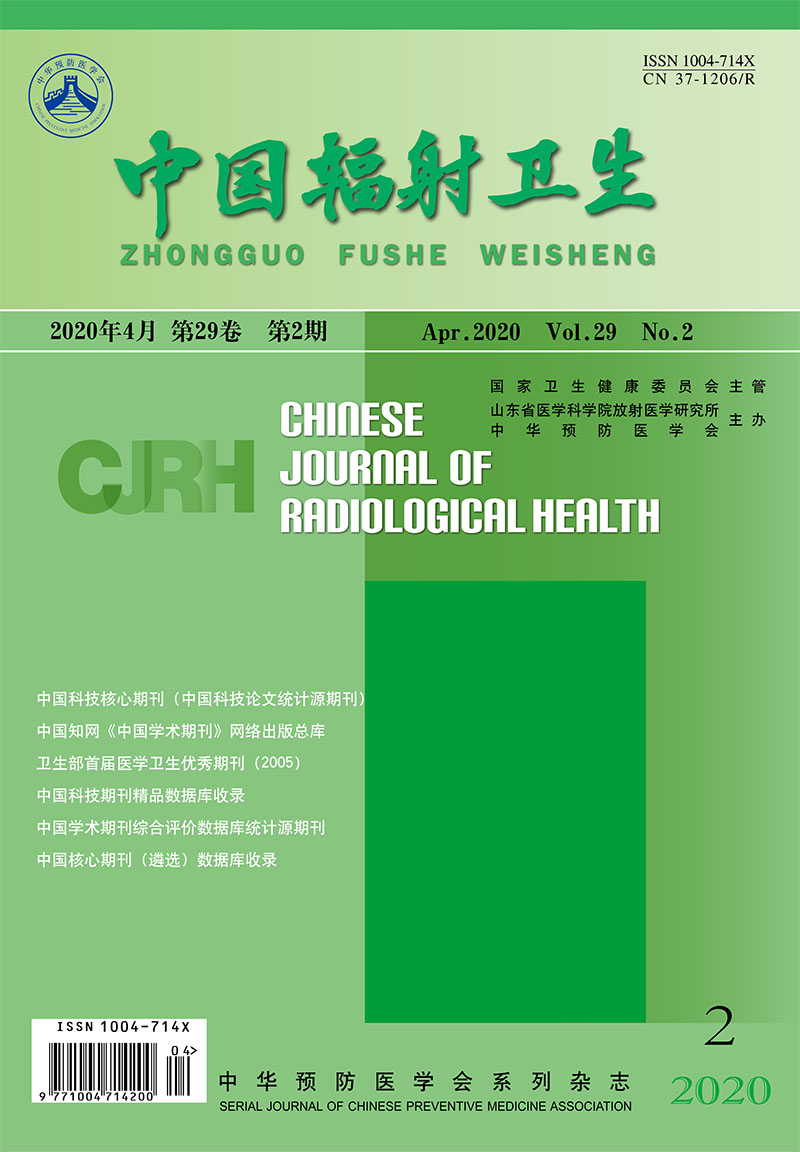Health Standard Tracking Evaluation
ZHAI Hezheng, SONG Bin, LI Hailiang, XU Zhe, HU Chuanpeng, CHENG Xiaojun, ZHU Kunpeng, ZHANG Wenyi, WU Xiangjun, WU Quan
Objective To understand the implementation of the current "Specification for testing of quality control in helical tomotherapy unit(WS 531—2017)" by the relevant personnel of medical institutions, and to provide scientific basis for the further improvement of the standard.Methods According to "Guideline for health standards tracking evaluation(WS/T 536—2017)"and the implementation plan of the project, questionnaire survey was carried out among the relevant personnel in 9 domestic medical institutions with TOMO, The follow-up and evaluation work were carried out by means of pre-survey, on-site survey, mail and e-mail, etc. After obtaining the data, the double input method was adopted to establish the survey database with EpiData 3.1 software,and then the statistical analysis of the data was carried out using office 2013.Results A total of 16 questionnaires were collected from relevant personnel of medical institutions, among which 15 were valid, with the effective rate of 94%. The satisfaction of the staff of the medical institutions to the overall and text format of the standard were 75% and 82%, respectively; 73.3% of medical institutions knew the release of the standard; 71%, 29% and 0% were familiar with, general and unfamiliar with the content of the standard, respectively; 93.3%, 6.7% and 0% were fully understanding, partially understanding and incomprehensible with the terms and definitions of the standard, respectively. Standard test indicators and the limits of "unknown", "partial known" and "proficient mastering" were 13.3%, 13.3% and 73.3%, respectively. According to the standard contents, "all in accordance", "part in accordance" and "not in accordance" in the quality control test of TOMO were 61.5%, 30.8% and 7.7%, respectively. Among the 12 medical institutions, 91.7%, 50.0%, 33.3%, 8.3% and 0 of them think that the reasons for the problems in the quality control testing were "low popularity of the standard", "insufficient understanding of standard", "difficult to understand test indicators", "lagging behind the development of standard", and "difficult to achieve standardized testing equipment", respectively. All the relevant personnel of the medical institutions were able to understand the quality control testing equipment and carry out the stability test of TOMO.Conclusion The relevant personnel of medical institutions were highly satisfied with the overall and text format of the standard. They thought that the standard could meet the quality control needs of TOMO. The relevant personnel knew the basic situation and content of the standard, but their understanding to the content needed to be improved. It was suggested to strengthen the training、publicity and implementation of the standard and the capacity-building of the institutions.

